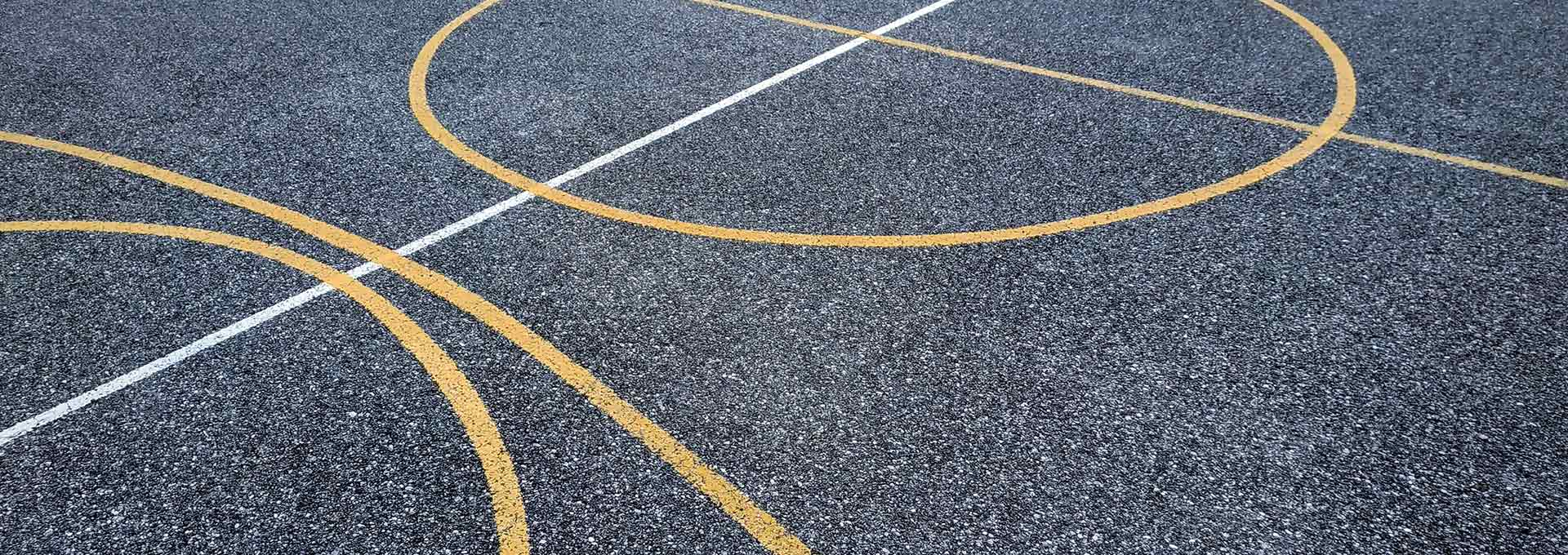
Resources
Seed Grant Awardee: Bradley Adame
Bradley Adame | Hugh Downs School of Communication
Concussions represent a public health issue with consequences that reach far beyond the initial injury and affect nearly every aspect of the injured SA’s life. Typical education programs teach athletes how to recognize signs of brain injury and weakly advocate general injury mitigation strategies. These programs assume, without proof, that SAs have nuanced understanding of SHI risks and primary interest in their long-term brain health. Unfortunately, research indicates that this type of concussion education is not effective in increasing protective behavior by athletes (Kroshus et al., 2014). Two theories will guide our research design: Implicit Person Theory (IPT) and Vested Interest Theory (VIT).
IPT (Dweck, 2006) explains that a person’s receptiveness to learning is a function of a set of assumptions about a person’s own and others’ abilities. According to the theory, individuals are either entity theorists or incremental theorists. Entity theorists assume that human ability is fixed, while incremental theorists believe ability is malleable. Research indicates numerous benefits afforded to incremental theorists, including emotional and physical health. In the context of concussion reporting, we reason that incremental theorists will perceive a concussion as a temporary setback that, if undiagnosed, may impede future performance, while entity theorists may perceive that a diagnosis is unwarranted because the SA has the “natural talent” to succeed at the sport without diagnosis.
VIT describes relationships between attitudes and consonant behaviors. Defined by five variables, VIT specifies that when an individual is highly vested, their attitudes and behaviors will match. Past research has shown that VIT can be used to understand why people may not always act in their best interests. Related research has used VIT to craft messages that motivate risk aversion and self-protective behaviors (Adame & Miller, 2015).
Given the predictive power of these theories, in the first phase of this research project we aim to explore each theory’s role in shaping SAs’ concussion-reporting attitudes and behaviors. In the second phase of our research, we will apply what we learn to develop and experimentally test an intervention aimed at helping SAs assess concussion-related risk while also motivating SAs to consider what is best for their long-term head health.
● Project Purpose: To understand how SAs understand risk and consequences associated with concussions and develop and test a message to improve concussion-reporting attitudes and behaviors.
● Setting: Arizona State University and potentially other PAC-12 Universities
● Individuals Involved: Varsity and ASU Club athletes
● Method of Data Collection:
○ Surveys: 200 participants
○ Experiment: 200 participants
● Benefits offered to participants: Participants would be compensated for their time. Some participants would also receive additional concussion education in the experiment.
● Deliverables: Recommendations for organizations to revise concussion education programs so SAs can optimize their health behavior choices. Manuscripts submitted for national and international conference presentations and publication in national and international peer-reviewed journals.
● Overall Benefit: This research will provide insight into how SAs process information about concussion risk as well as their individual abilities to help Universities and similar organizations optimize risk and reward.
Last updated February 2020.